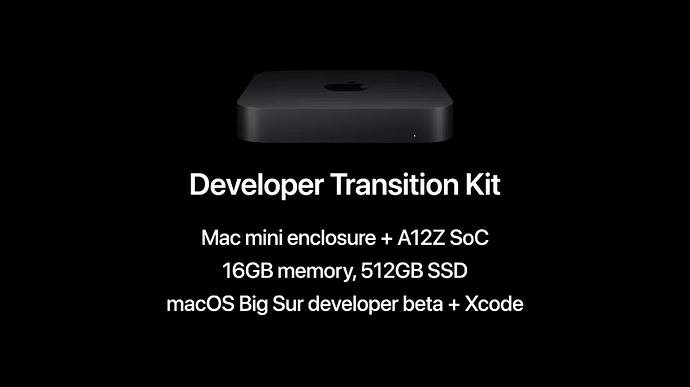Taiwan Semiconductor Manufacturing Co., Apple’s partner for iPhone and iPad processors, will build the new Mac chips, said the people, who asked not to be identified discussing private product plans. The components will be based on a 5-nanometer production technique, the same size Apple will use in the next iPhones and iPad Pros, one of the people said. An Apple spokesman declined to comment, as did Intel and TSMC. Current mobile device chips from Apple have multiple processing units, or cores, that handle different types of tasks. The latest iPad Pro has four cores for performance-intensive workloads and another four to handle low-power tasks to preserve battery life.
The first Mac processors will have eight high-performance cores, codenamed Firestorm, and at least four energy-efficient cores, known internally as Icestorm. Apple is exploring Mac processors with more than 12 cores for further in the future, the people said.
In some Macs, Apple’s designs will double or quadruple the number of cores that Intel provides. The current entry-level MacBook Air has two cores, for example.
Apple will release the first Mac with Apple silicon at the end of this year, and it expects the transition to take two years.
:no_upscale()/cdn.vox-cdn.com/uploads/chorus_asset/file/20047240/lcimg_2330a231_83c3_4e78_b0c2_2c49a5079083.jpg)
Rosetta is a translation process that allows users to run apps that contain x86_64 instructions on Apple silicon. Rosetta is meant to ease the transition to Apple silicon, giving you time to create a universal binary for your app. It is not a substitute for creating a native version of your app.
Rosetta translates all x86_64 instructions, but it doesn’t support the execution of some newer instruction sets and processor features, such as AVX, AVX2, and AVX512 vector instructions.
